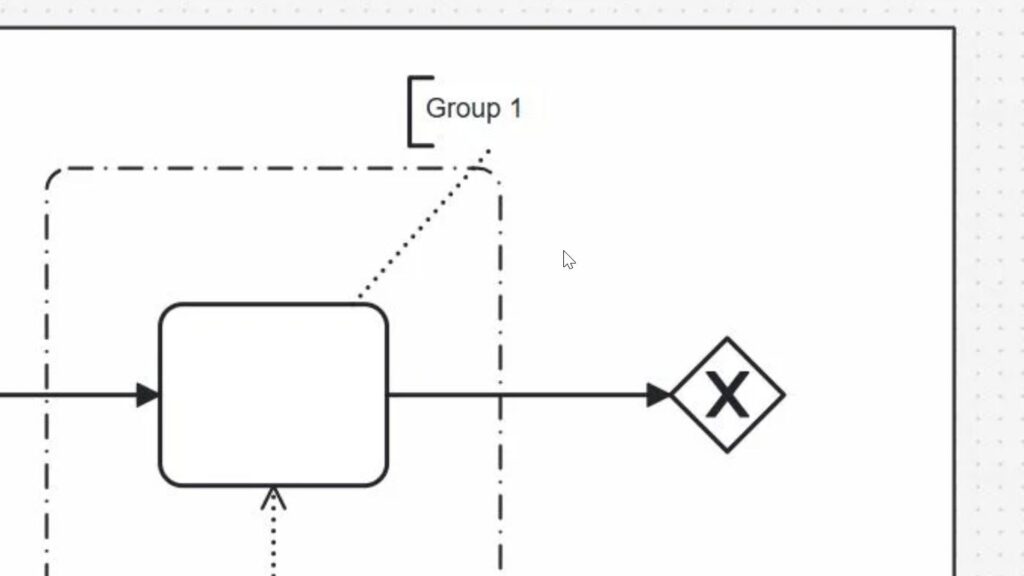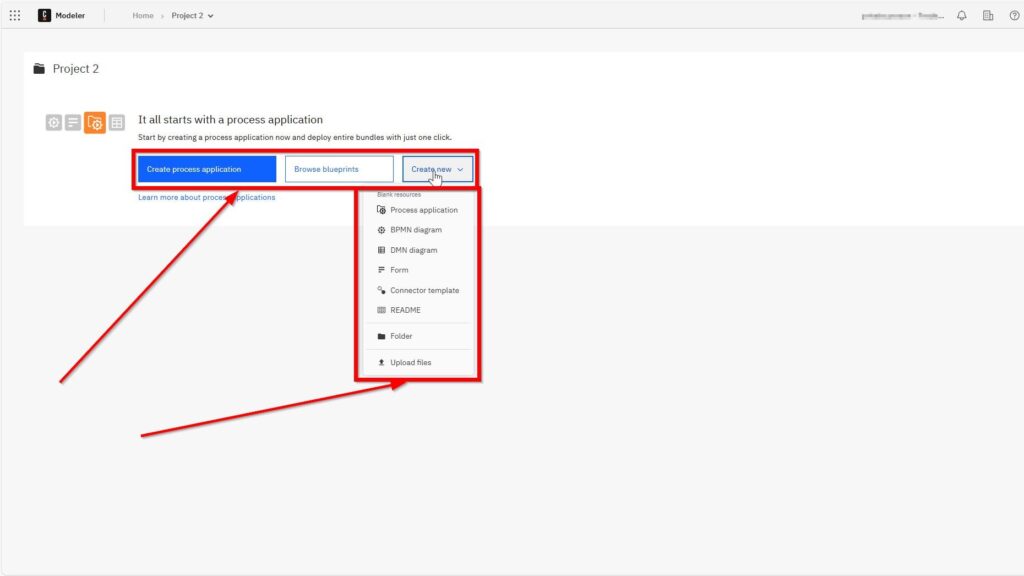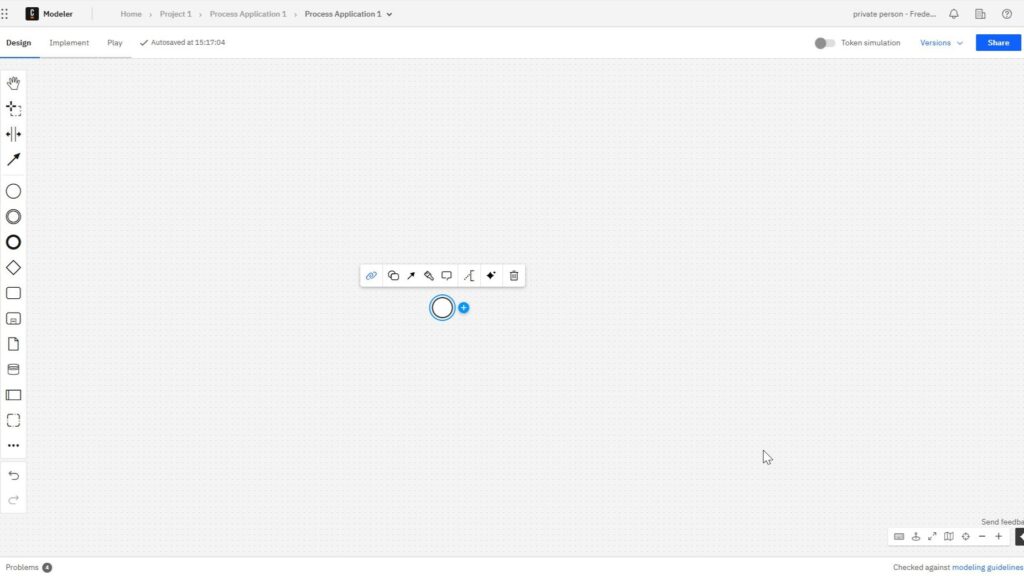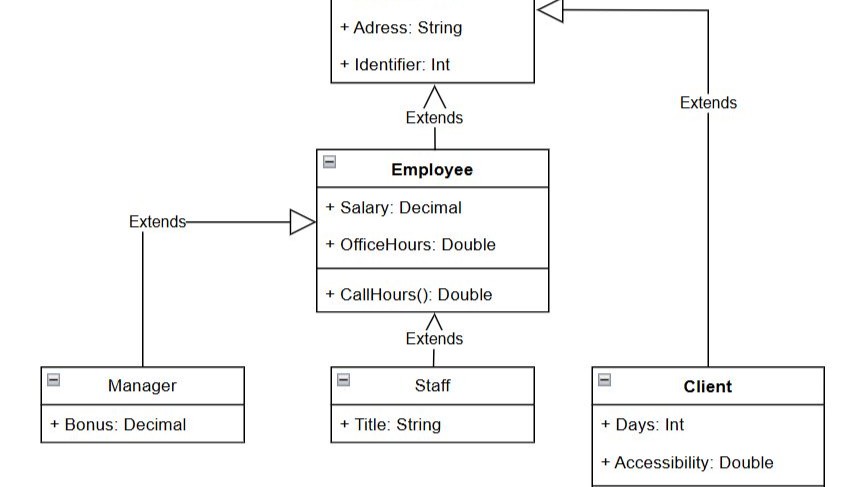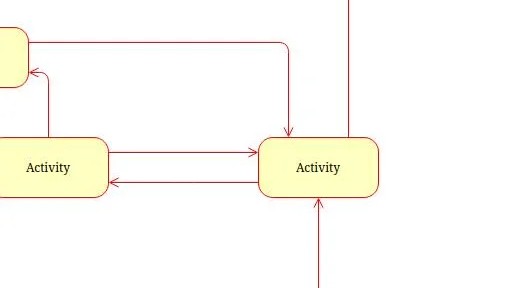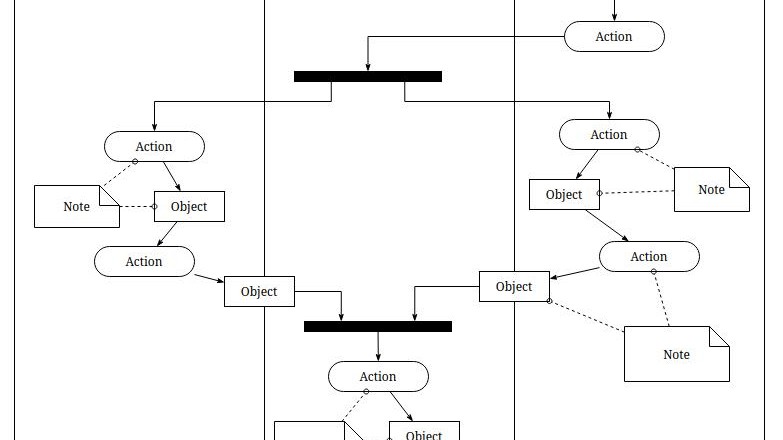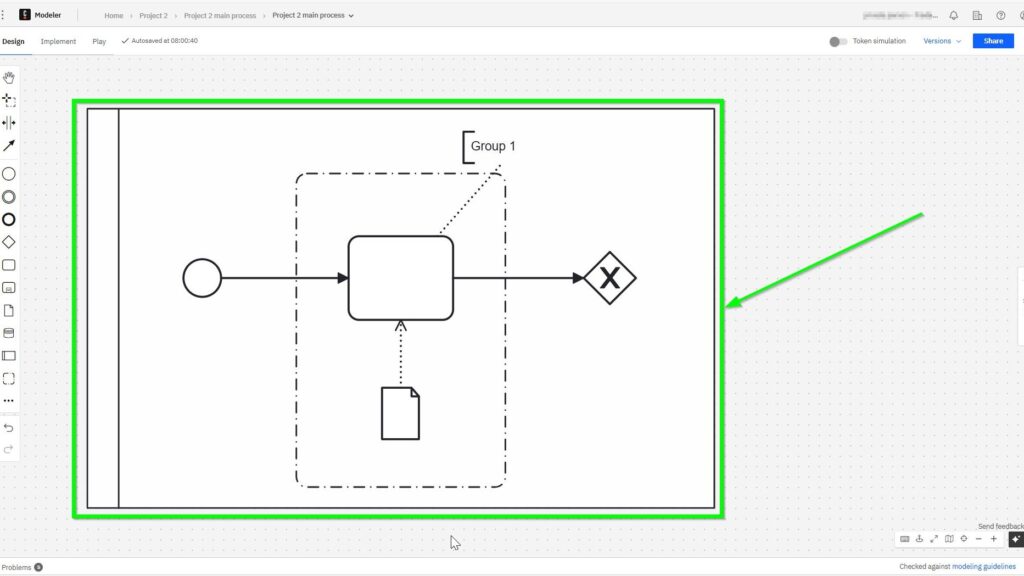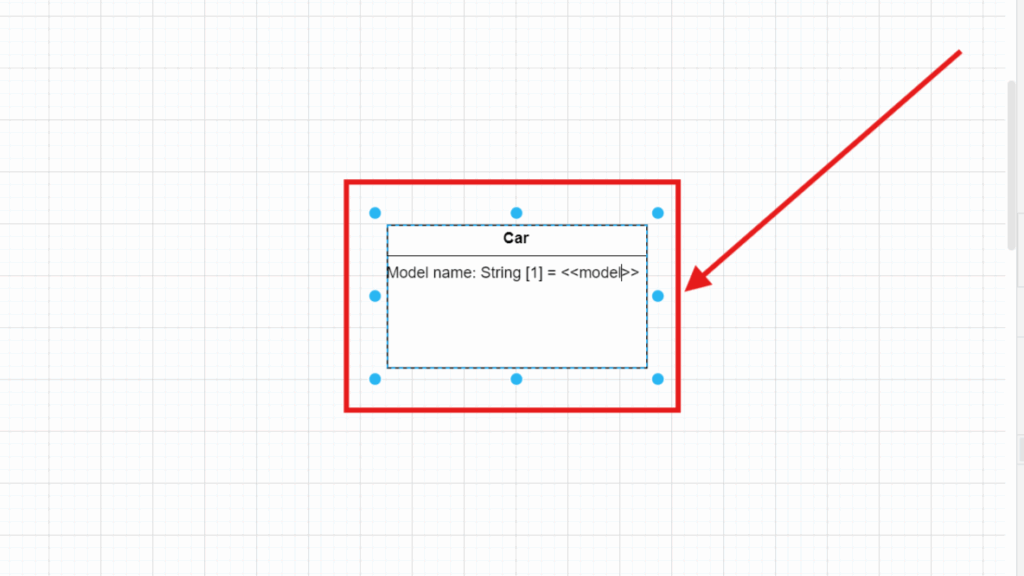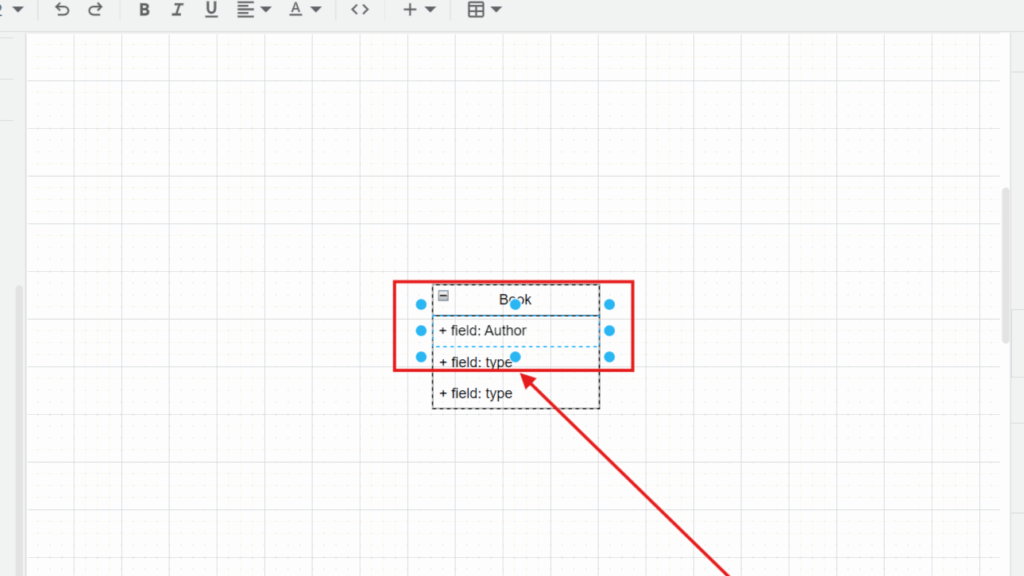The Participant Perspective in BPMN
When I first started modeling processes, I used various notations. Yet, once I switched to BPMN, something struck me. It was the participant perspective in BPMN. At first, it seemed confusing. But soon, I realized: everything comes down to perspective. Let me explain why this perspective is not just helpful—it’s essential.
The Participant Perspective in BPMN Read More »


